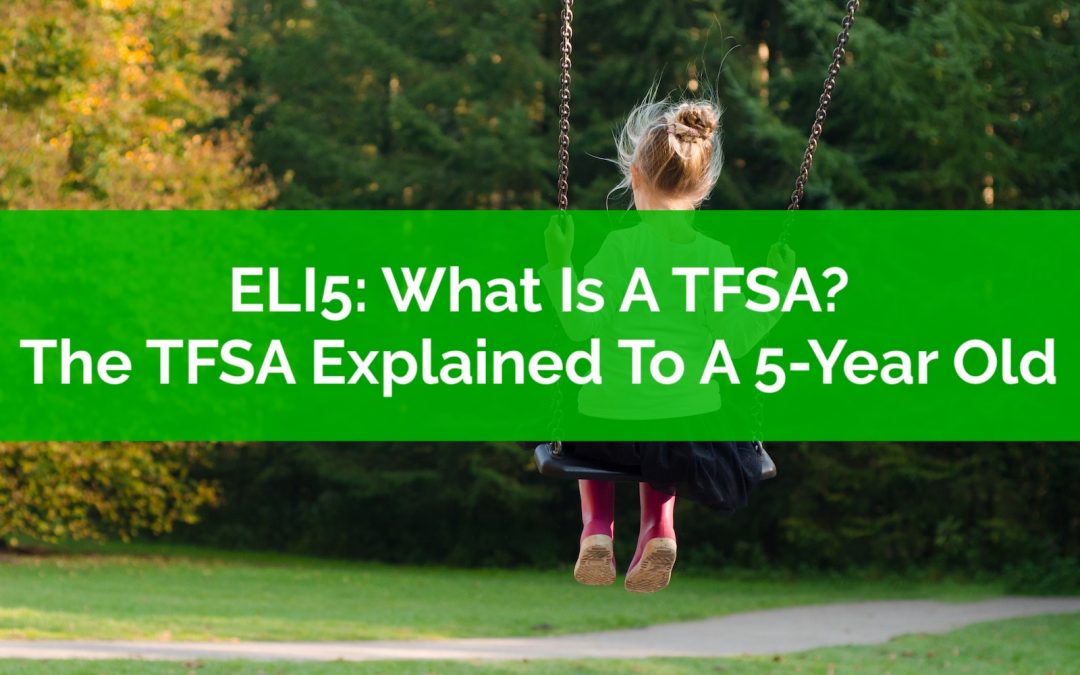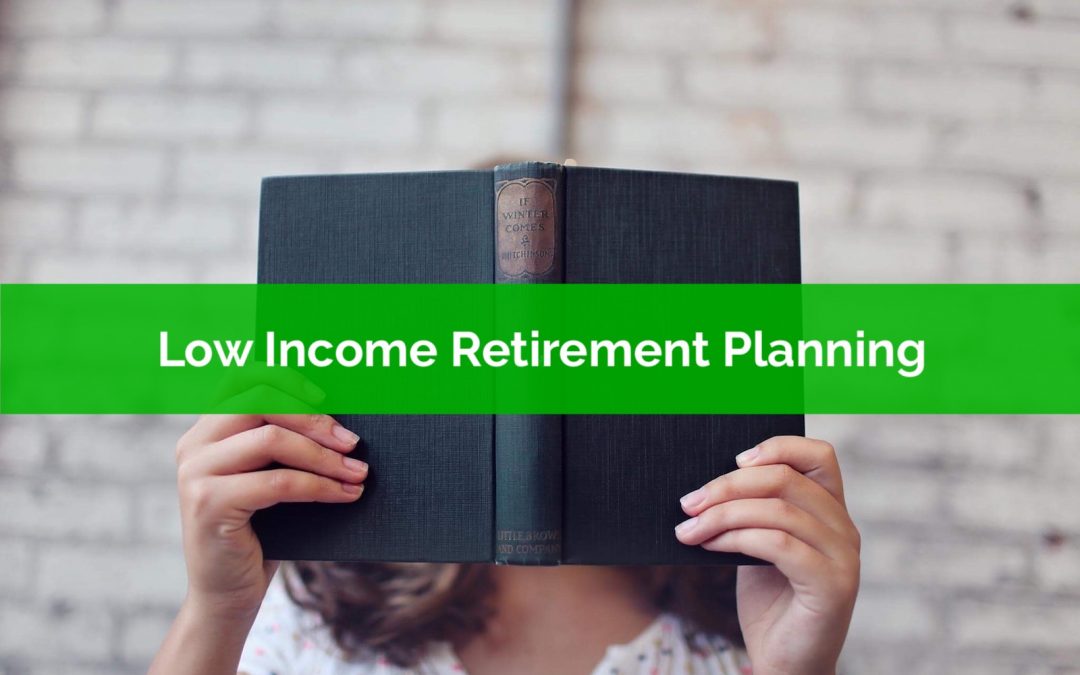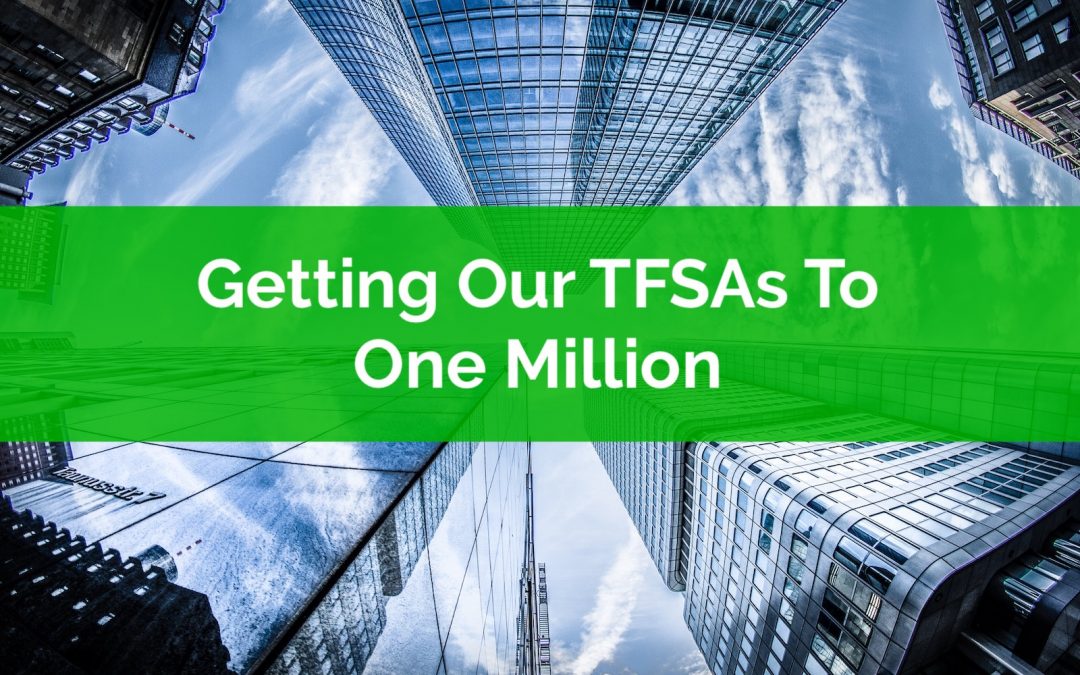
by Owen | Jan 6, 2020 | Financial Planning, Tax Planning
The Tax-Free-Savings-Account (TFSA) is a great way to save and invest for the future. In our opinion, it’s the best tax advantaged account in Canada, and probably the first tax advantaged account most people should use (versus an RRSP or RESP). But with all the rules it can be very misunderstood.
To get the most out of your TFSA you have to have a good idea of how it works, what the benefits are, and what the limitations are.
The Canadian government introduced TFSAs in 2009 as an incentive to help any Canadians 18 years or older save more money. Although called a “Tax Free Savings Account”, the TFSA is more than an average savings account.
Even though the TFSA has been around for 10+ years, there is still a lot of confusion about how TFSAs work and what the benefits are.
In this post we’ll do an ELI5 for the TFSA (ELI5 = explain it like i’m 5-years old) and share some of the important considerations when using a TFSA.

by Owen | Oct 7, 2019 | Government Programs, Retirement Planning, Tax Planning
Low-income retirement planning requires a very different set of tools than your average retirement plan and this can sometimes lead to trouble when a soon-to-be low-income retiree gets advice that has been tailored for someone with a much higher income.
What we need to consider for a low-income retiree is very different than for your average retiree and the recommendations in a low-income retirement plan can sometimes be the opposite of a regular retirement plan.
The drawdown of investment assets, the timing of CPP and the timing of OAS are among many factors that differ in a low-income retirement plan.
When it comes to low-income retirement planning we’re primarily concerned with one thing, government benefits. We want to ensure that the way we save pre-retirement and the way we create income after retirement does not impact the amount of government benefits received.
This can be very tricky and can often lead to some less than obvious recommendations.
Before we get into some ideas to consider around low-income retirement planning lets look at why government benefits are the main consideration.

by Owen | Aug 26, 2019 | Financial Goals, Retirement Planning, Tax Planning
TFSAs are an amazing tax sheltered account that every Canadian has access to regardless of income. Unlike RRSP contribution room, which is based on employment income, we all get the same amount of TFSA contribution room every year.
The TFSA is a perfect way to save for retirement. In fact, for many young people they are better off starting with their TFSA rather than their RRSP, especially when they’re starting out at a lower income.
At lower income levels the TFSA can provide many advantages versus the RRSP. Namely that future withdrawals aren’t taxed and won’t count towards government benefit claw backs.
There are other benefits to the TFSA too, like if you have a habit of spending your tax refund. If that’s the case then maybe a TFSA contribution is a better idea.
My wife and I have a BIG goal for our TFSAs. Our goal is to grow our combined TFSAs to $1 million by the time we reach early retirement at age 55. This is an ambitious goal, one that we may not meet, but it’s fun to have a BIG financial goal like this. We find it motivating to have BIG financial goals and it gives us something to work toward.
Two years ago I provided an update on our progress to our one million TFSA goal and I think it’s time to do it again. Not just for the accountability but also because it’s good to share how amazing the TFSA is for these kinds of goals.

by Owen | Aug 19, 2019 | Behavioral Finance, Investment Planning, Retirement Planning, Tax Planning
When we do our own financial planning we’re often too close to our own situation to have an objective perspective. We may focus on the wrong problems… or take a narrow view of the potential solutions… or miss potential issues entirely.
One of the benefits of working with a financial planner is that they provide a second set of eyes for your financial plan. Most people are already on the right path, but there are common issues that may end up working against you. A financial planner can help find these common mistakes that may otherwise go unnoticed.
Financial planning isn’t rocket science, it’s something that can be done on your own. The math itself isn’t terribly difficult, and there are tools available online to help, but one of the major downfalls of the DIY approach is that we can be somewhat oblivious to our own personal biases.
Basically, we’re too close to our own financial situation to be entirely unbiased (This goes for financial planners too!) There are certain financial planning mistakes that we all tend to make if we’re not careful.
These mistakes can lead to potential issues over time. These issues can create more risk, or decrease investment return, or increase taxes, or create a higher risk of running out of money in retirement.
These mistakes are quite common and identifying these potential issues is the first step to creating a stronger financial plan.

by Owen | Jul 29, 2019 | Investment Planning, Tax Planning
Asset location is the idea that certain assets are more tax efficient when held in certain types of accounts. Different assets classes, and more specifically different types of income, are taxed differently in Canada. Dividends are treated differently than capital gains which are treated differently than interest income. Even certain investments inside “tax free” accounts like the TFSA and RRSP can sometimes lose money to taxes but many people may not realize this.
When you’re just starting out you might hold bonds/fixed income, Canadian equities, US equities, and global equities all in one account (probably the TFSA if you’re just starting out). When you’re just using one account, asset location is less of a concern, but once you start to use a second account (maybe an RRSP), then you may want to ensure you have the right asset in the right place to minimize the drag of taxes.
This becomes especially important after you’ve maximized your TFSA and RRSP and have started to use a non-registered account. Non-registered investments are fully taxable at your marginal tax rate so it’s a good idea to put the most tax efficient investments inside your non-registered account.
Taking advantage of an asset location strategy requires a bit of work. Rather than having the same asset allocation in each account (which is super easy to manage), it means having different assets in each account and managing asset allocation across the entire portfolio.
How much money do you need to have in non-registered assets before asset location adds value? $50,000? $100,000? $500,000? $1,000,000? Let’s take a look…

by Owen | May 13, 2019 | Tax Planning
For households where two partners earning drastically different incomes certain income splitting strategies can provide a large advantage. Splitting income can lead to a large decrease in overall income tax. And an income tax reduction of even just a few thousand per year can quickly add up to become hundreds of thousands with compounding.
It’s important to note that Income splitting strategies aren’t for everyone. Some are easier to execute than others and some can even lead to higher income tax if executed in the wrong circumstances. It can be tempting to use every available strategy in an attempt to lower your overall income tax rate but certain strategies require careful consideration.
A spousal loan is one income splitting strategy that requires careful consideration.
The basic idea behind a spousal loan is relatively simple. The goal is that non-registered investments accrue investment income in the hands of the lower income spouse rather than the higher income spouse. But the CRA doesn’t just allow this to happen. A spousal loan needs to be set up to transfer cash from the higher income spouse to the lower income spouse.
The concept is relatively simple but there are some important considerations to review based on your particular situation before setting up a spousal loan.






